
News
Shenzhen Senergy Fuel Cell Technology Co., Ltd.: Technology leads the way to cost reduction
The cleanliness and infinite renewable capacity of hydrogen are two key advantages of hydrogen energy for mobile mobility applications. There is no doubt that hydrogen energy will fuel the future of the planet, just as it has throughout its development history.
From 2014 until now, several countries in China, the United States, Japan and Europe have started to focus on promoting hydrogen fuel cell technology.
This year, the Medium and Long Term Plan for the Development of Hydrogen Energy Industry (2021-2035), jointly issued by the National Development and Reform Commission and the National Energy Administration, mentions achieving a fuel cell vehicle fleet of around 50,000 vehicles by 2025. By 2030, hydrogen energy will become a powerful support for carbon peaking. The application of fuel cells has entered a golden age.
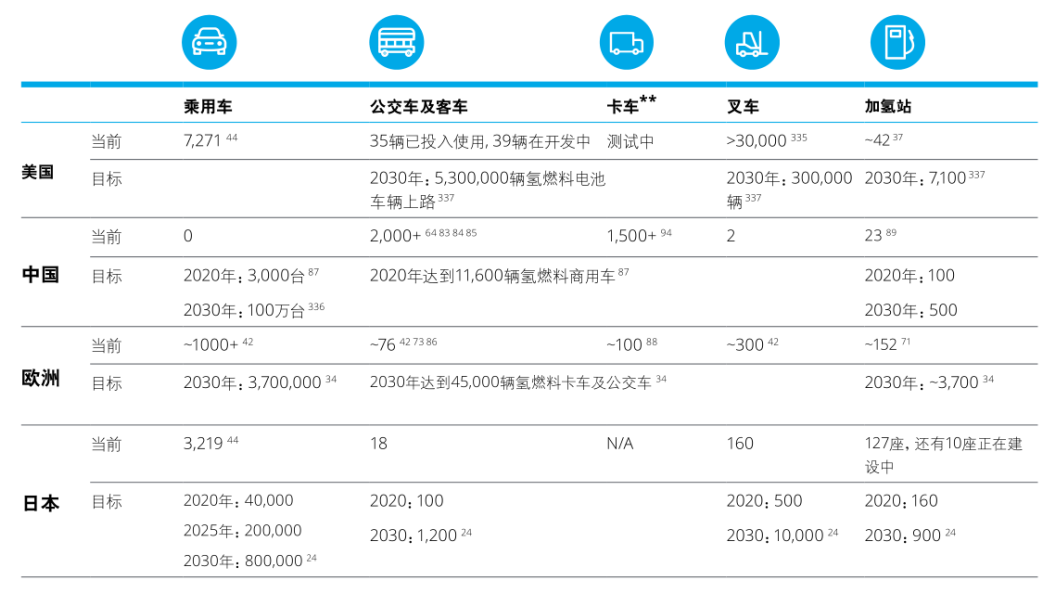
According to the financial sector, from January to June this year, the production of fuel cell vehicles has exceeded 1,500 units, and sales are also close to 1,400 units. It is worth noting that in 2021, China's fuel cell vehicle production and sales completed 1,777 and 1,586 units respectively. In the first half of this year, China's fuel cell vehicle production and sales have both exceeded 80% of last year's annual output, and sales are close to 90% of last year's annual output.
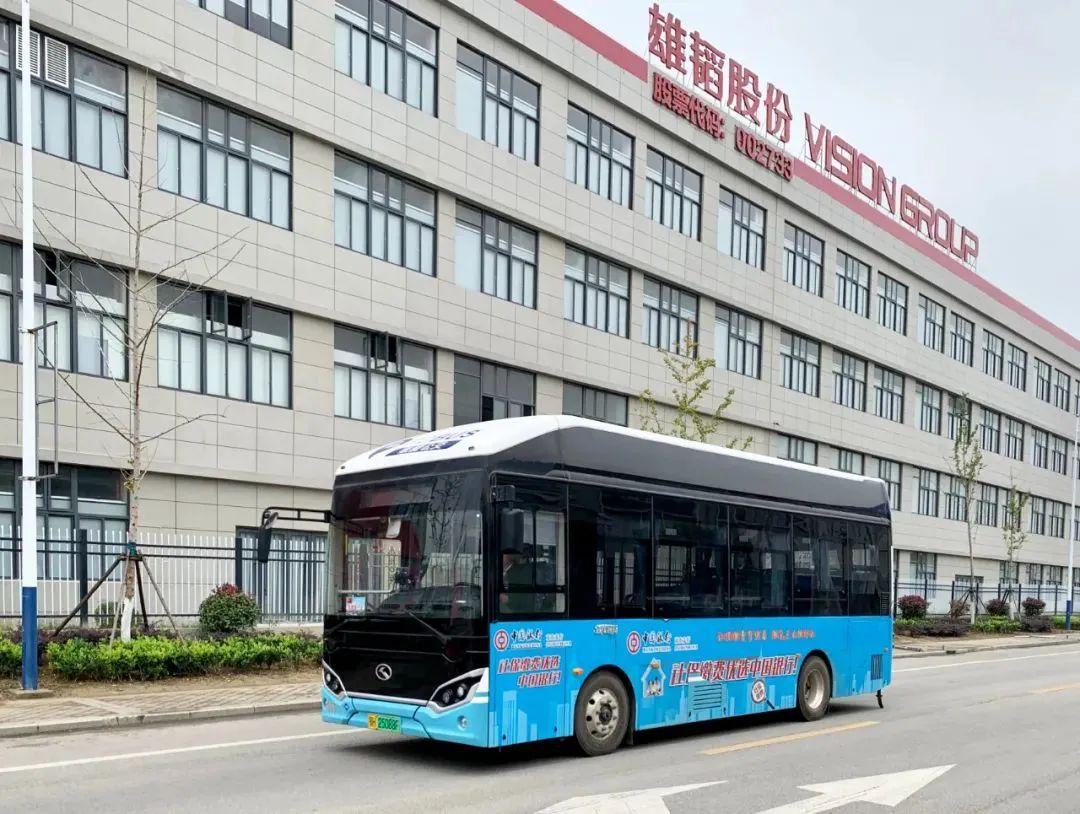
The biggest constraint for the fuel cell transportation industry is the cost. In addition to the material cost of fuel cells, the high manufacturing cost due to the high technical threshold is the reason for the high price of fuel cells at present.
On May 19 this year, Shenzhen Senergy Fuel Cell Technology Co., Ltd. grandly released the new W1.0 metal plate reactor to the public, and also announced another mass production product - A series graphite plate reactor 40-80kW models, with a surprise special price of RMB999/kW and a limited sale of 500 sets. At present, the price of fuel cell reactors in the industry is generally in the range of RMB 1300-2000/kW, which has never fallen below a thousand, so this offer by Vision Group will lead the price of reactors into a rapid price reduction channel.
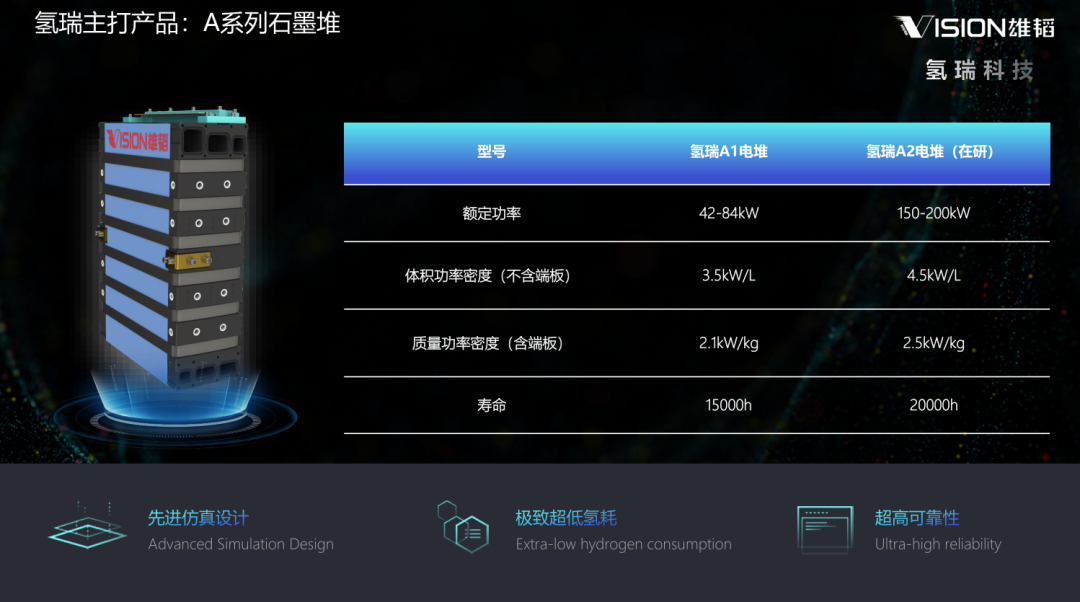
With the advantage of the whole industry chain layout, deep technology accumulation, and a professional R&D talent team, Shenzhen Senergy Fuel Cell Technology Co., Ltd. is the first to break the price barrier.
"At this stage, the real competitors of fuel cell companies are not each other, but from the more powerful external competition. Our idea is to make it cheaper than lithium-ion, so that fuel cell cars can PK with pure electric cars," said Chen Hong, adding that we have done internal calculations and the fuel cell price has fallen to a certain level, so that it can completely compete with pure trams and even with diesel cars on the same stage.
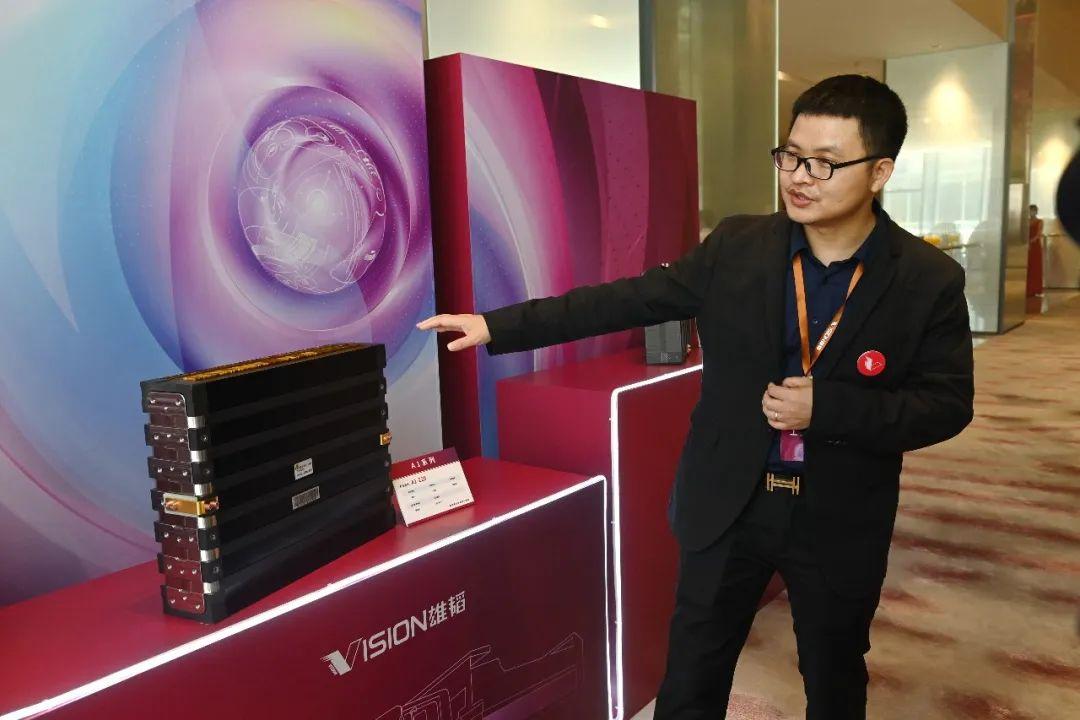
Specifically, the Senergy Fuel Cell Power Stack cost reduction team will do continuous work on materials, process and design. The design team will gain an in-depth understanding of the boundary conditions of materials and processes to complete the design work efficiently and pursue the best product cost performance.
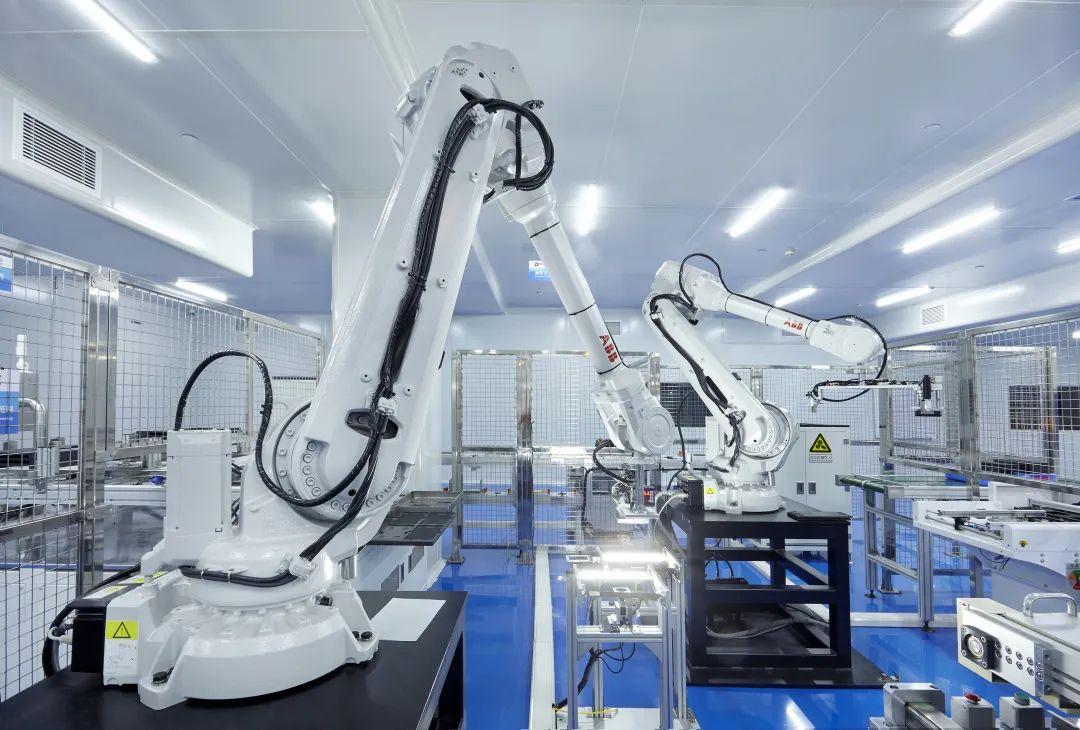
All the components of Senergy Fuel Cell products are made of domestic components, which has both price advantage and quality guarantee, forming a healthy business closed loop.
Senergy Fuel Cell also pays special attention to helping users reduce hydrogen consumption to lower operating costs. In the first half of this year, Xiongtao Hydrogen Rui has worked closely with fuel cell system manufacturers and has designed a lower hydrogen consumption operation plan, which has also been initially verified, reducing the original low hydrogen consumption by 3%, a big step forward.
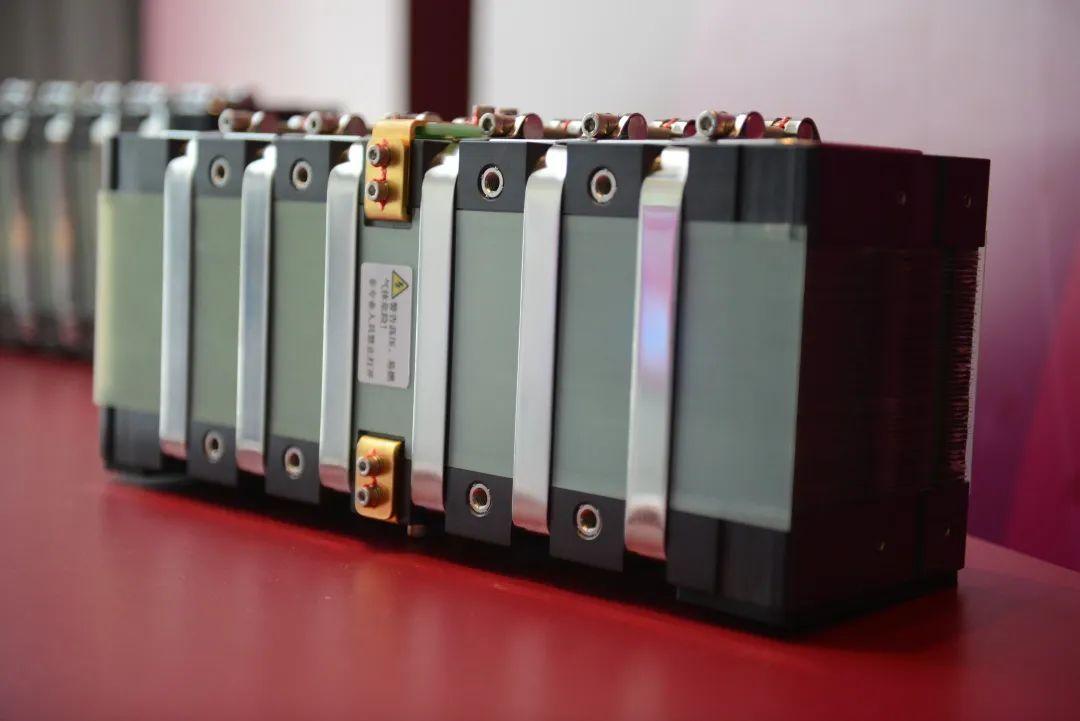
As technology continues to improve and production scale continues to expand in the future, there is huge scope for fuel cell manufacturing costs to fall. The cost of using fuel cell vehicles will gradually approach or be lower than that of electric and fuel vehicles. In addition, fuel cell vehicles have the advantages of zero emissions and green mobility, which are widely praised by governments and private enterprises around the world.
In the future, we will uphold the principle of independent innovation and promote the independent development of the fuel cell industry to achieve high-quality development, and continue to strive for optimizing the energy structure and building a clean, efficient and low-carbon energy system.
Partial source: Deloitte


